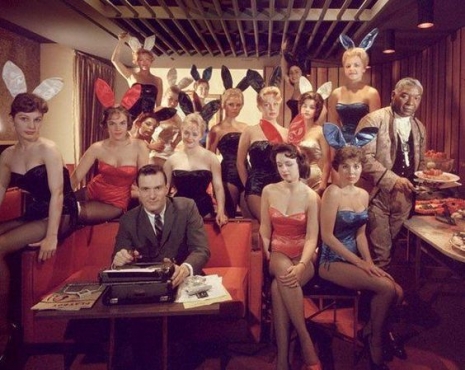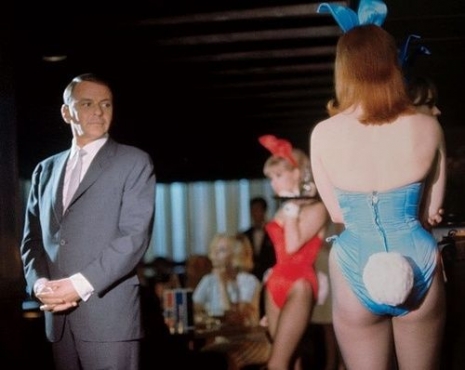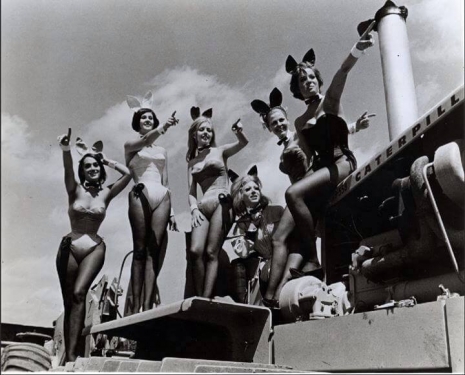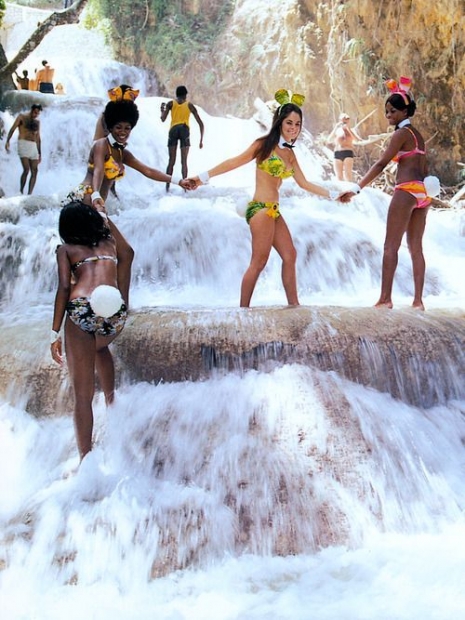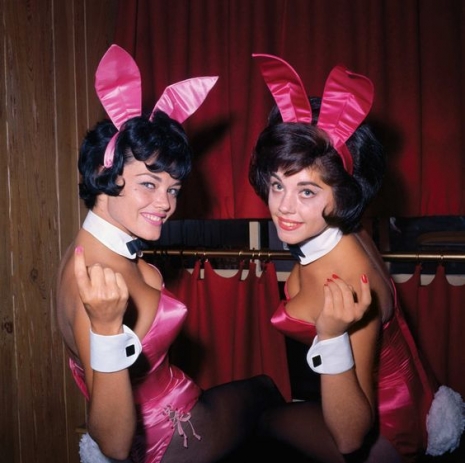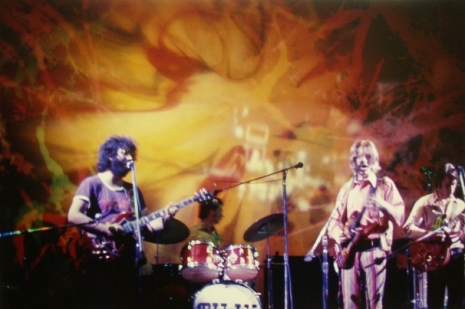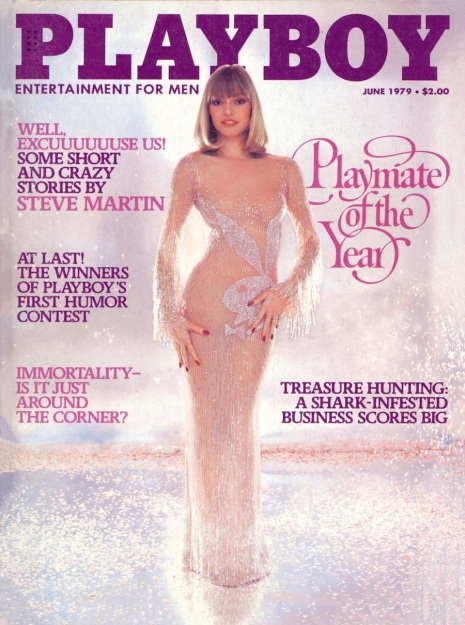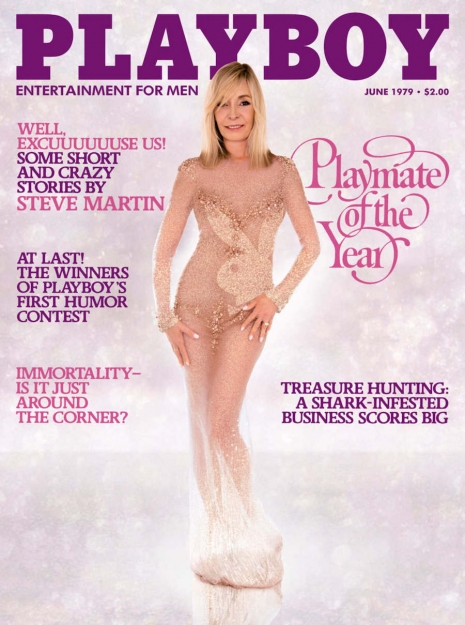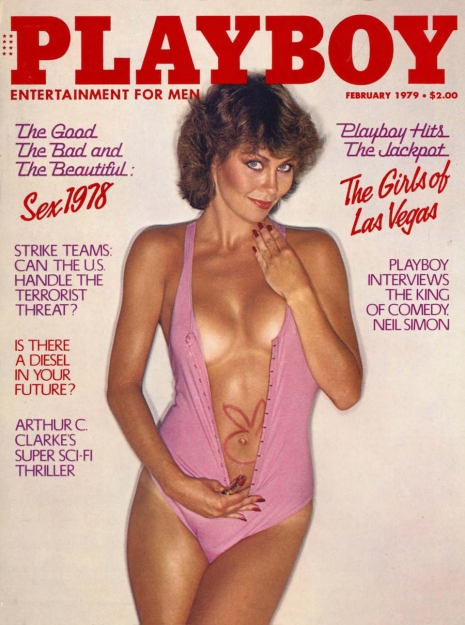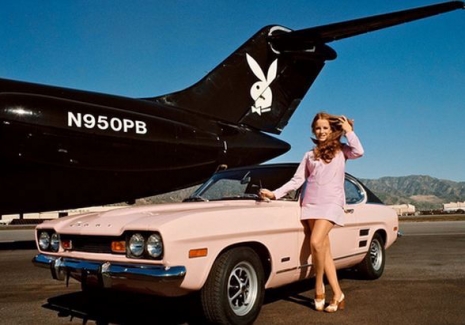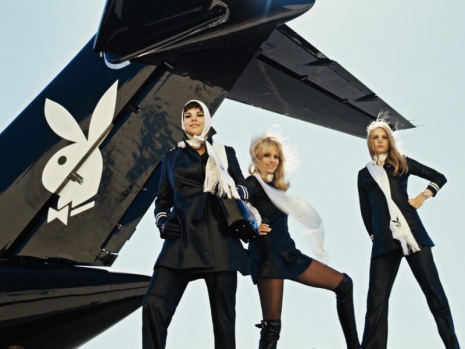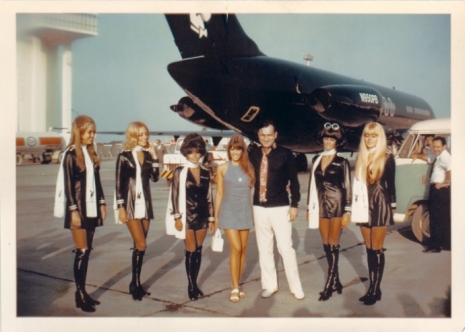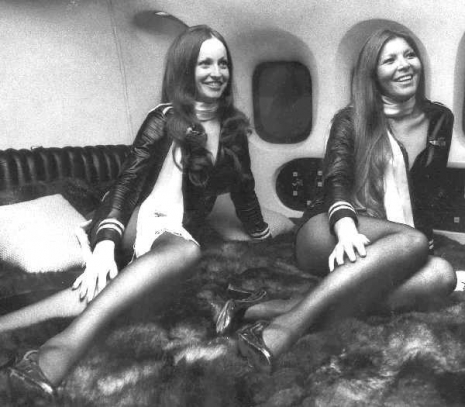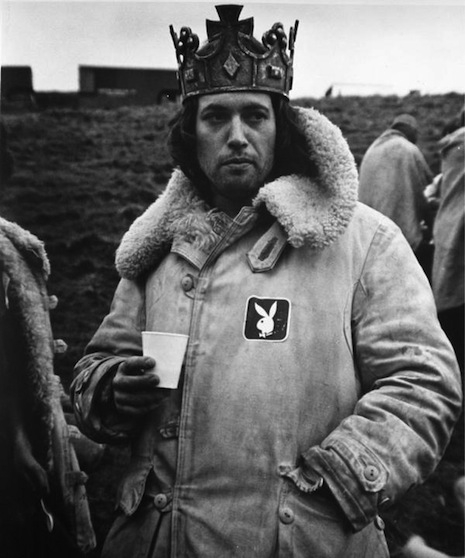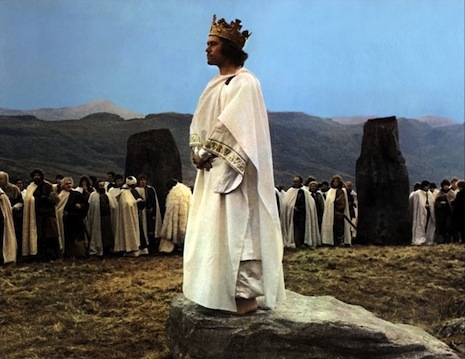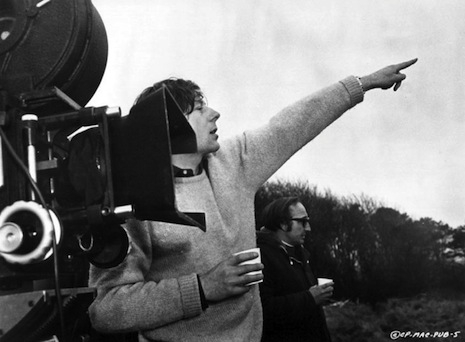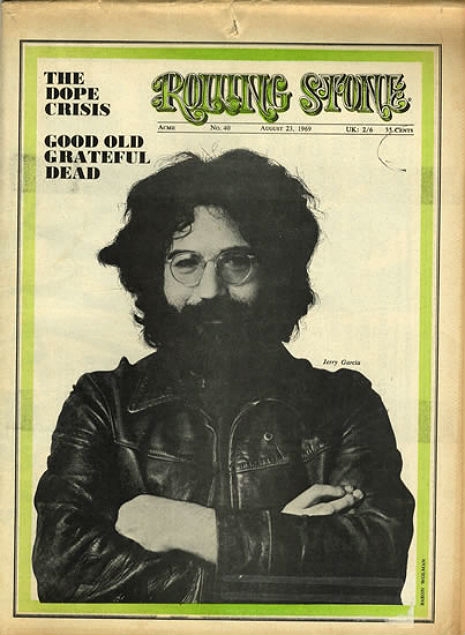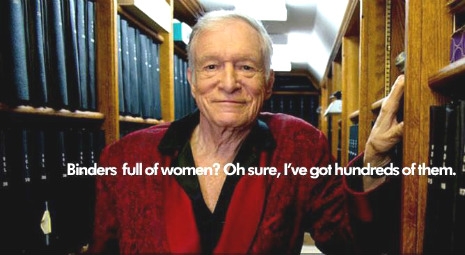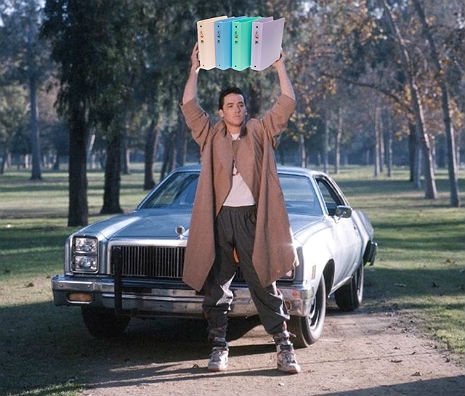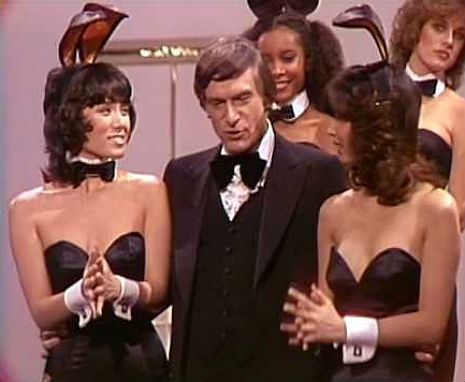
One of artist LeRoy Neiman’s famous Femlins on the cover of Playboy magazine.
“I‘m not a scene painter; I‘m the scene painter.”
—American artist LeRoy Neiman in an interview with Cigar Aficionado magazine.
Whenever the Olympic Games roll around, I am often reminded of one of my favorite artists, LeRoy Neiman, who was the official painter for the Olympic Games for several years and widely painted and illustrated vibrant images of nearly every sporting event known to man. Neiman has also painted a massive number of portraits of celebrities and sports superstars such as Frank Sinatra, golfer Arnold Palmer, and boxer Muhammad Ali. Neiman’s exuberant, colorful take on American culture was everywhere during the 70s and 80s and beyond—including in the pages of Playboy magazine.
In 1954 Neiman joined forces with Hugh Hefner after running into him while he was strolling around Chicago (the pair had previously met while Neiman was an illustrator for the Carson Pirie Scott department store chain where Hefner was a copywriter). Neiman would go on to provide paintings and illustrations to the magazine for decades, including the cheeky creation of the Femlins—an adorable group of illustrated girls with black hair, clad in long gloves, thigh-high stockings, high heels—and nothing else. The Femlins came to be in 1955 after Hefner proposed that Playboy’s regular feature Party Jokes needed some visual stimulation to go along with the feature’s bawdy giggles. Eventually, Neiman’s naughty nude pixies would become twelve-inch clay models with high-gloss paint jobs which were photographed for the magazine including its coveted cover. Then, in 1963, Playboy published a pictorial called “The Femlin Comes To Life” which featured a well endowed, naked Femlin model.
If you’re acquainted with the history of Playboy and their exhaustive marketing, then you might also know there was a time when you could purchase twelve-inch Femlin figures in various poses as well as other Femlin-themed merchandise. If you are lucky enough to come across one of the figures these days, obtaining one for your collection will likely run more than a grand depending on their condition. Original Femlin artwork done by Neiman won’t come cheap either; paintings routinely sell more than ten grand and simple Femlin illustrations signed by the artist list for nearly a thousand bucks. I’ve included some fantastic images of Neiman’s work for Playboy below, pretty much all of it is NSFW.

A collectible Femlin figure and a cocktail glass.


A painting by LeRoy Neiman of two Playboy Bunnies playing pool.
More after the jump…






